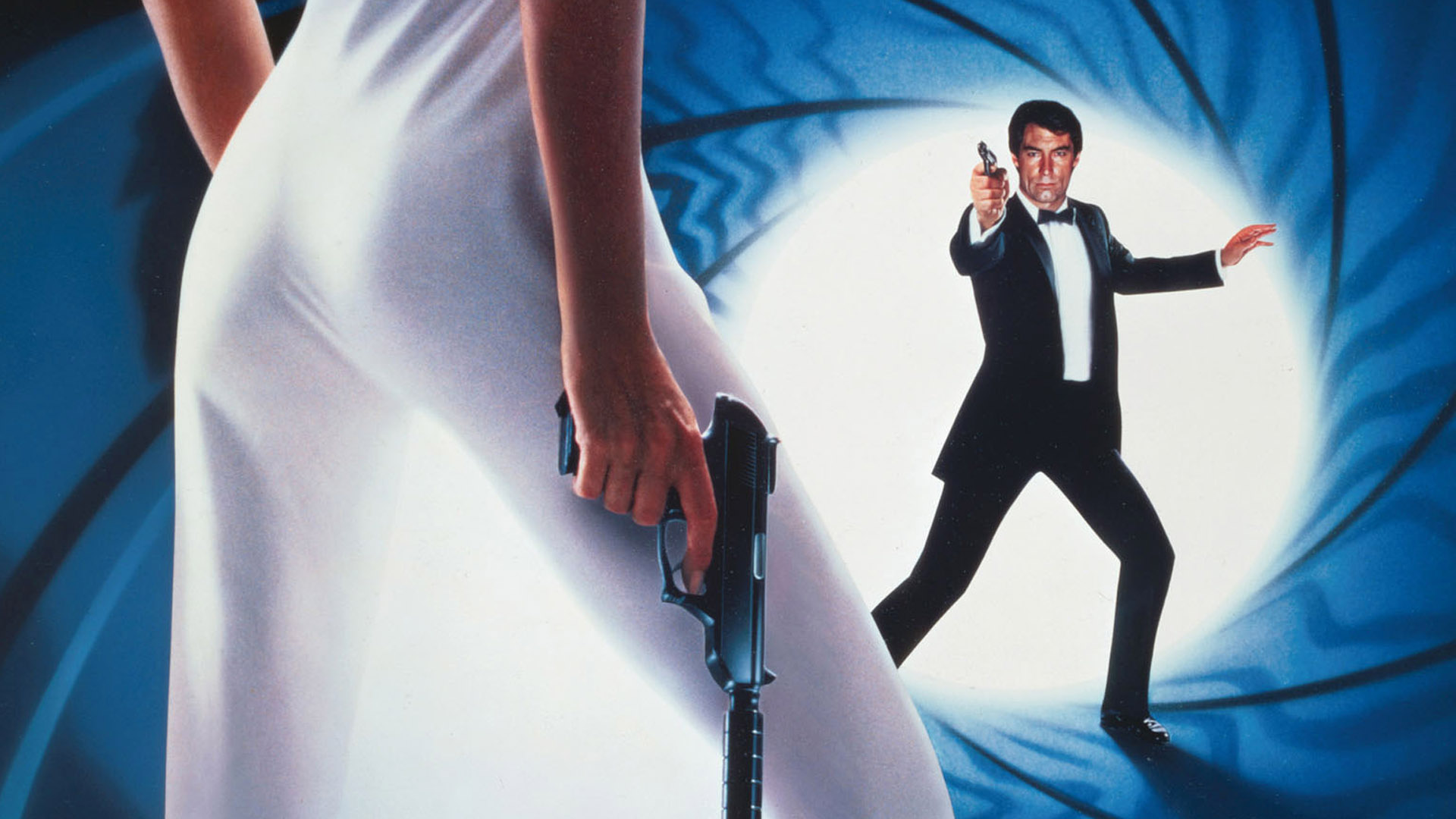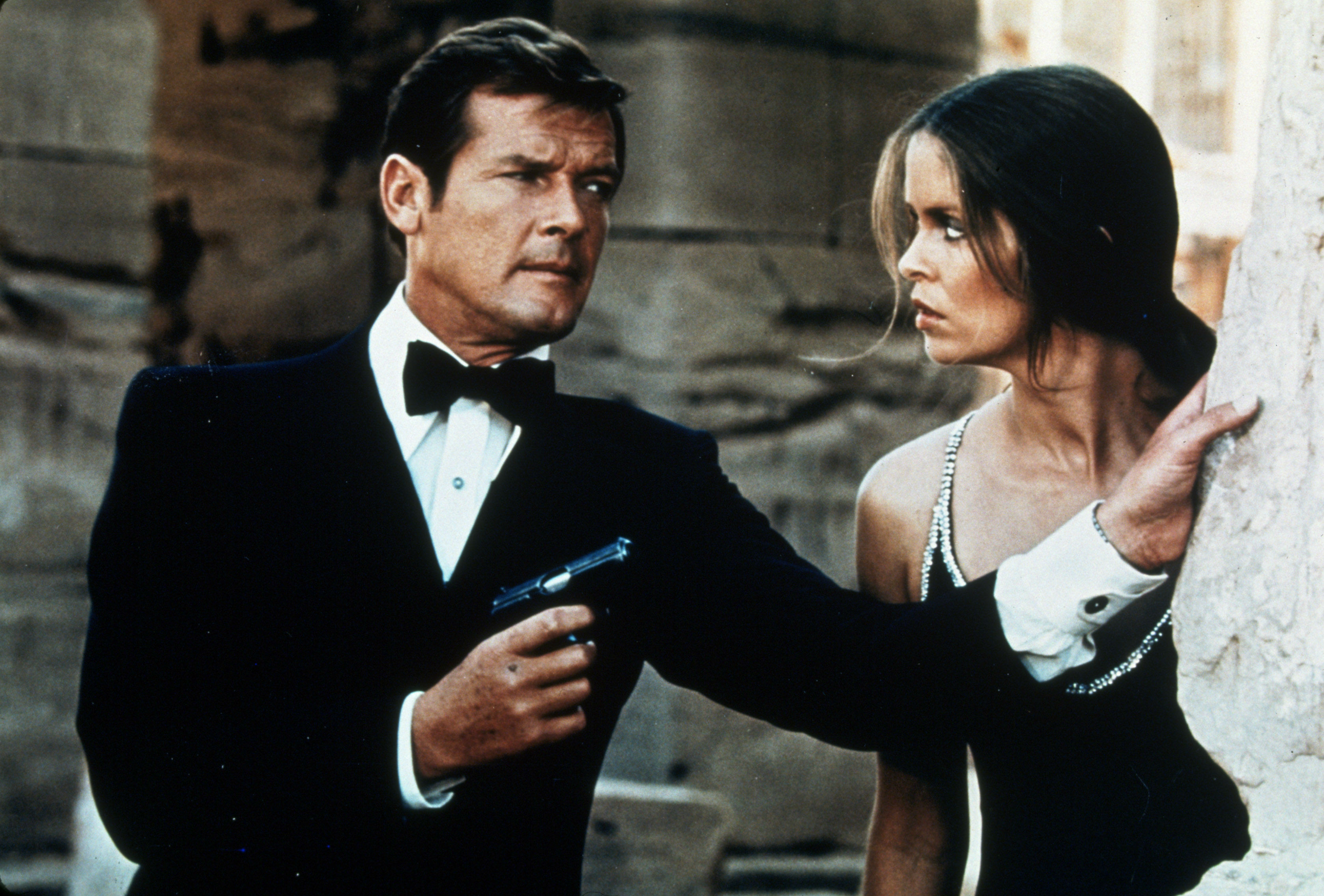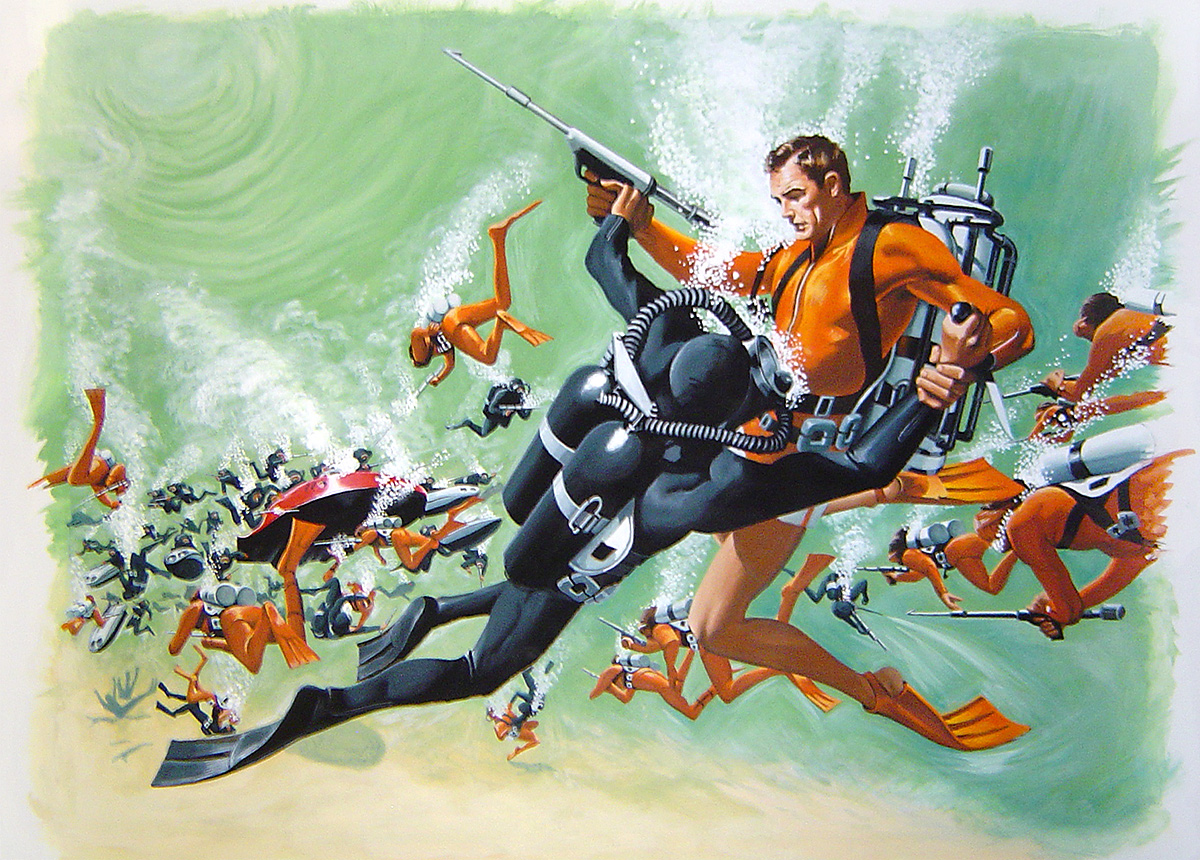I’m an actor—it’s not brain surgery. If I do my job right, people won’t ask for their money back.
Sean Connery
Read any obituary about Sean Connery, and the words “James Bond” are inevitably in the headline. Being recognized, celebrated, and pigeonholed as a cinematic icon can be tricky business, even for the best superstars—and make no mistake, Sean Connery was a star of a high order. Yet he will ultimately be remembered for stubbornly sticking to his own path, and not only persisting but thriving away from Bond. The son of a truck driver, a rough-and-tumble Edinburgh man who had MUM AND DAD and SCOTLAND FOREVER tattooed on his arms, he wasn’t the most intuitive choice to play a smooth English spy—and such were his talents that he came to not only embody the role, but surpass it.
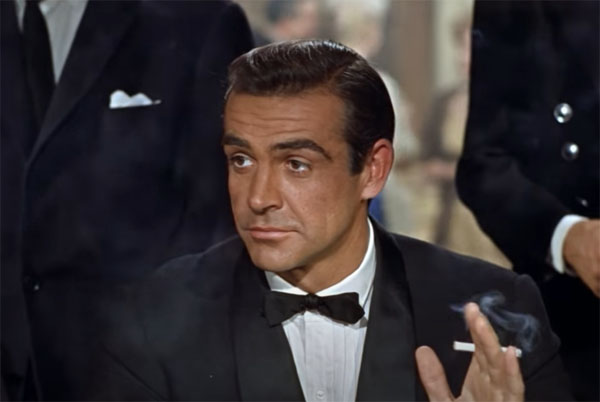
To begin to understand the Connery mythos, one need only watch his introductory scene as Bond in Dr. No—the tossed-off “Bond, James Bond,” the cruel lips wrapped around a cigarette, the whiplash eyebrows framing the amused brown eyes, just a hint of sadism behind the smile, as if a wild beast is being held barely in check. In Ian Fleming’s novels, Bond was a polished creature, a man to Cambridge or Oxford born, but Connery’s more sensuous portrayal inaugurated a new kind of hero: slyly amoral, gifted with ravenous appetites, preternaturally confident, a man’s man, a woman’s man. Fleming himself was initially aghast with the casting, calling the actor too “brutish” for the part, but even he was won over, to the point that he gifted Bond with a Scottish heritage in his later books. In a rare kind of alchemy, the role smoothed out Connery’s rough edges, while he gave the part bite and earthiness. Everyone from Harrison Ford to Tom Hardy has followed in Connery’s everyman footsteps, without quite duplicating the sexual magnetism and coiled sense of danger that exemplified him at his peak.
The key to Connery’s appeal was simplicity. Whether his characters were show-offy or underplayed, he made the act of acting seem effortless, balancing his laconic line deliveries with a fluid, forthright physicality. His masculine ease established him as that rarest of movie stars—someone who could command a room at will, yet never seemed to have an intense need to do so, a style which suited him for kingly figures like Richard the Lionheart and Agamemnon as well as it did for lovable scoundrels. Of course, hard work and deliberation went into creating that image, and in real life, he was far from simple. Intensely private and tetchy at the best of times, he was renowned for not suffering fools gladly, or putting up with bullshit. (When he won his Oscar, he began his speech: “Good evening ladies and gentlemen, friends…and a few enemies…”) His fixation on money, a byproduct of a deprived childhood, led him to plenty of lawsuits against recalcitrant producers, studios and biographers, and compelled him to participate in movies where it could charitably be said that he was just paying the bills. The dark side many of his characters flashed was present in his personal life as well, most notably when it came to women, as evidenced by a notorious 1965 Playboy interview: “I don’t think there is anything particularly wrong about hitting a woman—although I don’t recommend doing it in the same way that you’d hit a man. An open-handed slap is justified if all other alternatives fail.” But if Connery the man was imperfect and often morose in outlook, he fashioned himself into something that resembled perfection in his screen work, winning over audiences through sheer charisma.
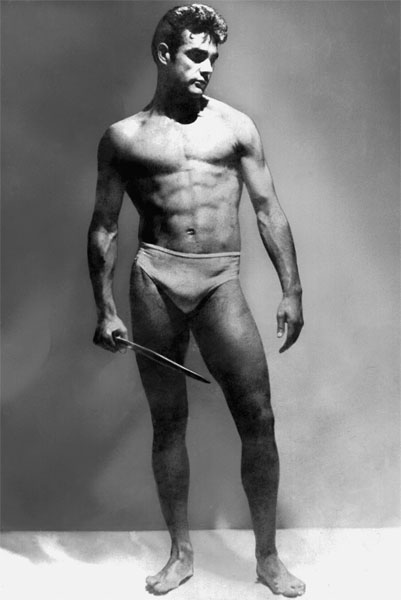
Connery’s road to Bond and beyond was an unlikely one. Born as Thomas Sean Connery (and known as “Big Tammy” to his childhood buddies), he began life as a standard working class stiff, dabbling as a milkman, laborer, steel bender and cement mixer before getting into bodybuilding and earning himself a trip to London for a Mr. Universe contest. While there, he was drafted into appearing as an extra for a theatrical production of South Pacific, and very quickly caught the acting bug. A mild breakout role as an over-the-hill boxer in Rod “Twilight Zone” Serling’s teleplay Requiem for a Heavyweight earned him a seven-year contract with 20th Century Fox, but true success would take time, only coming in dribs and drabs: a bit part in the routine action movie Action of the Tiger (helmed by future Bond director Terence Young), a blink-and-miss-him cameo in The Longest Day, a more memorable pairing with Lana Turner in Another Time, Another Place. Connery and Turner’s chemistry was so palpable that it earned the ire of gangster Mickey Cohen, who didn’t want Turner stolen away from her boyfriend Johnny Stompanato (who happened to be Cohen’s bodyguard). Cohen essentially ordered Connery to leave town, and the young actor obliged.
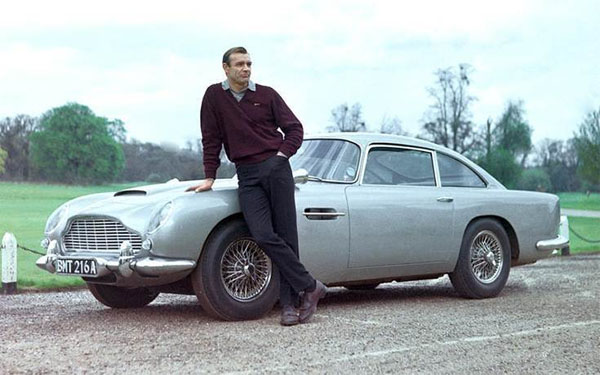
By the time the opportunity to play Bond rolled around in 1961, Connery was 31 years old and struggling: except for a performance as a fun-loving Irish lad in the Disney romp Darby O’Gill and the Little People, he had generated zero buzz for leading roles. But in one of those moments that seem fated by the movie gods, he impressed Bond producers Albert “Cubby” Broccoli and Harry Saltzman with a forceful interview in which his magnetism was on full display (reportedly making Broccoli’s wife Dana a bit shaky in the knees in the process). And let’s face it, the producers were also being practical in casting him: while established stars like Cary Grant and David Niven might have been good fits for the role, it was unlikely they’d agree to a multiple-movie, cost-effective contract. Director Terence Young, himself quite the bon vivant, took the unpolished Connery under his wing, educating him on the right mannerisms for the part and fitting him up in the best tailored clothing from Saville Row. Nevertheless, Connery’s hardscrabble toughness couldn’t help but peek out from beneath the cultured façade, and it resulted in a multidimensional approach to what might have been a two-dimensional character on paper. His Bond could sip martinis and play chemin de fer with the best of them, but he was also a hot-blooded, two-fisted brawler at heart. Connery leavened his performance with a crucial dash of wit (he ad-libbed many of the one-liners), reminding the audience that 007 was a droll figure of fantasy as well as a hardened assassin. Other Bond actors have tried, but none have mastered the well-timed, dry wisecrack as well as Connery has (and delivered in that purring, inimitable Scottish burr, to boot).
The first three Bond movies—Dr. No, From Russia with Love, and Goldfinger—chronicle Connery’s increasing mastery of the role, with the latter generally accepted as the Bond film par excellence. Where he sometimes comes across as scruffy and strident in Dr. No, by Goldfinger he’s a finely-calibrated instrument of ironic cool, capable of registering bemusement, charm, nastiness or alarm with a slight raise of the eyebrow. Once he figured out how to maximize the part, everything afterwards couldn’t help but be more of the same. In subsequent Bond movies his performances grew wearier and more distant, as he (and the Bond franchise in general) struggled to improve on the formula established by Goldfinger.
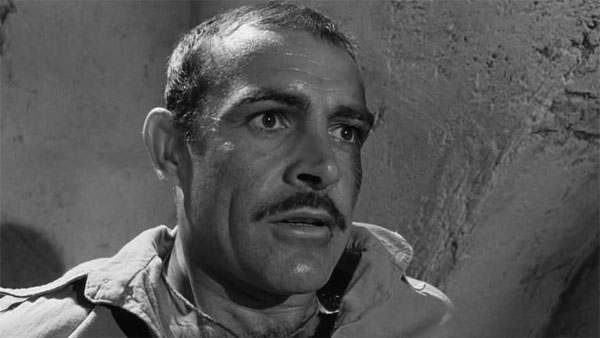
But for Connery, agent 007 was ultimately a means to an end. Wary from the start of typecasting, he had no intention of ending up like a repertory actor stuck in a roadshow for years and years. During his prime years as Bond, he intentionally sought out top-notch directors and roles that demanded more ambivalence—a murderous yuppie in Woman of Straw, a duplicitous “hero” who rapes his wife in Hitchcock’s Marnie, and most impressively, a military prisoner who bucks the system with devastating consequences in Sidney Lumet’s The Hill (the first of five collaborations with Lumet). He eventually clashed with Broccoli and Saltzman over compensation for his contributions to Bond, cutting the cord after five movies. Although he would later add two one-shot Bond movies to his resume (1971’s Diamonds Are Forever and 1983’s Never Say Never Again), his emancipation from the role was probably for the best for all concerned parties. Bond as a franchise has survived because it has learned to change up actors as well as approaches, while Connery went on to more challenging (and yes, more lucrative) projects.
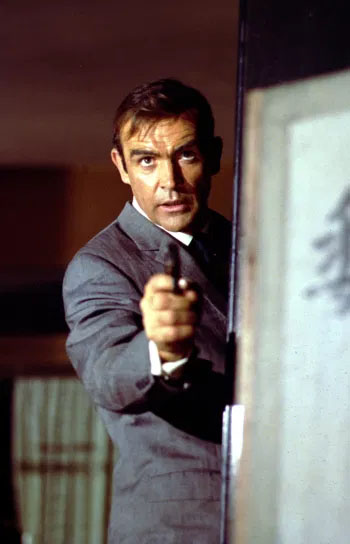
The Bond character has brought me money and fame—and I am not such an idiot that I regret either.
Sean Connery
Although Connery had consciously decoupled himself from Bond, it would take him a good while longer to escape the character’s shadow. His first few post-007 movies were an eclectic mix—a taciturn cowboy in the internationally-flavored western Shalako, a 19th-century undercover detective with conflicting motives in The Molly Maguires, a fast-talking power-to-the-people thief in Lumet’s The Anderson Tapes. Audiences responded coolly, finding it difficult to reconcile these roles with the macho specter of Bond, but Connery was unconcerned. Ironically enough, for someone who often struggled with acknowledging his darker tendencies off screen, he had no problem interrogating his masculinity in his own work. In 1973’s The Offence, another Lumet project near to his heart, his raw performance as a brutal, sadistic police inspector highlighted the shortcomings of unrestrained male aggression, while a trio of landmark movies from the mid-seventies—Zardoz, The Man Who Would Be King, and Robin and Marian—took pleasure in poking holes in his manly-man image.
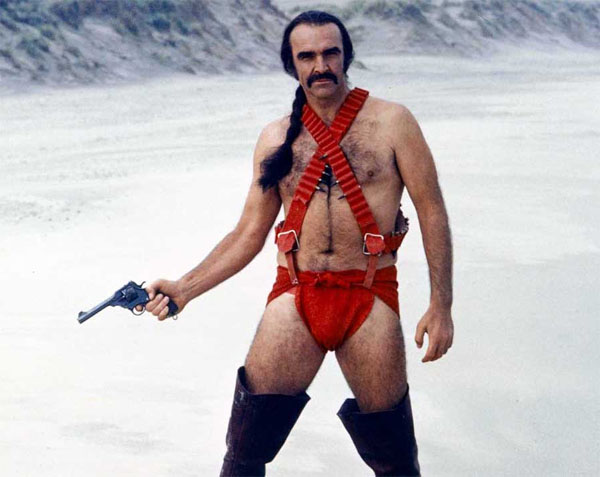
John Boorman’s unforgettable Zardoz (1974) casts him as a primitive savage and plops him into the midst of a sterile future society in which even the concept of a penis is lampooned. (Naturally, his sexuality all but overwhelms future mankind and womankind alike.) Stripped down to his hairy glory and wearing a notorious diaper costume, it’s to Connery’s credit that he pulls off the look and the part without even a hint of embarrassment. In John Huston’s The Man Who Would Be King (1975), a stirring telling of Rudyard Kipling’s tale and perhaps the best movie he ever appeared in, he plays a carefree, none-too-bright mercenary opposite Michael Caine. Pulling off the ultimate swindle—posing as a deity and lording over a distant East Asian kingdom—Connery’s Dravot eventually succumbs to delusions of grandeur, yet remains a sympathetic figure, a lovable oaf who can’t get out of his own way. Robin and Marian (1976) isn’t on the same level, but it’s nearly as touching, as James Goldman’s screenplay finds Connery’s Robin Hood returning from the Crusades a near-broken man. Directed with ramshackle charm by Richard Lester, the film is a poignant post-Vietnam commentary on shell-shocked men-children who outlive their usefulness as soldiers, even as Robin rekindles his romance with Marian (Audrey Hepburn), now a nun, and rounds up his aged buddies for one last bittersweet ride. It’s one of the rare times Connery has a romantic role, and he tackles it with self-deprecating gusto.

Although these performances kept Connery in the public consciousness, by the late ’70s he was confronting the typical uncertainties of being a middle-aged actor. He brought flinty authority to movies like The Wind and the Lion, A Bridge Too Far, Outland and Time Bandits, but he now possessed an extra bit of world-weariness that sat uneasily alongside the usual heroics. When his love of a paycheck wasn’t leading him to hokey hokum like the disaster movie Meteor (1979), riskier gambles like 1979’s Cuba (a pale reimagining of Casablanca) weren’t paying off. (For a real curio, see 1982’s Wrong Is Right, a rickety satire of news journalism with one indelible moment: Connery ripping off his toupee in disgust.) Still, he began to gain some footing in elder statesman roles: the guilt-ridden older lover in Fred Zinneman’s underrated, intimate Five Days One Summer (1982), a boisterous, immortal Spanish(!) swordsman in the thrillingly ridiculous Highlander (1986), and a wry, bookish monk-detective in The Name of the Rose (1986).
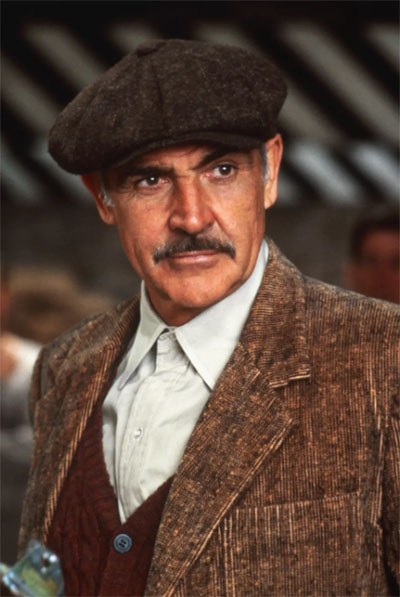
And then came Brian DePalma’s The Untouchables (1987). Dominating the movie as an over-the-hill Irish cop with plenty of sage advice and attitude, Connery got to display his full range: grandstanding theatrics, grit and gnarled regret, and impish humor, all anchored by that powerful-as-ever screen presence. At last, all the previous phases of his career had been united: grizzled and wily, his advancing years had given him more weight, but his virility, his essential ease, had been rediscovered. Earning an Oscar for his performance, he had finally arrived—and it had only taken twenty years since his Bond heyday to do it. The Untouchables was a freeing experience for Connery; formerly ambivalent about his Bond years, he could now take them in stride, introducing himself as “Connery, Sean Connery” at an awards show, or making his entrance on David Letterman with a Bond-style rocket pack. His Oscar-winning turn would also set the template for his silver-fox years, as he would play virtually the same role in a host of films thereafter, including The Presidio, The Hunt for Red October, Rising Sun, and Robin Hood: Prince of Thieves.
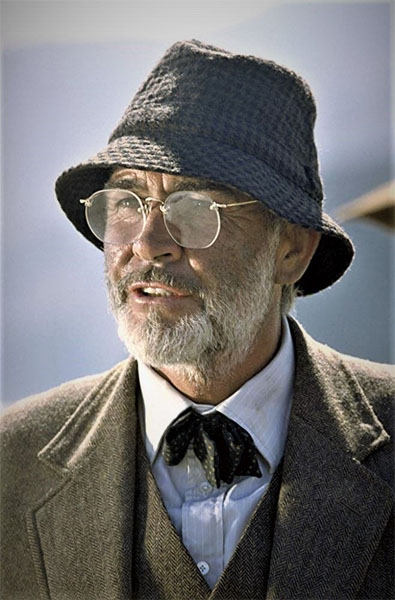
As entertaining (and often successful) as these parts were, he was still capable of surprising when called upon to stretch. In Indiana Jones and the Last Crusade (1989), he plays against type as Indiana Jones’s pious, fastidious, decidedly unadventurous dad, and yet Steven Spielberg (a huge Bond fan himself) can’t resist letting him have some fun, as he and Indy (Harrison Ford) end up sleeping with the same woman. (Only Connery, who was just a dozen years older than Ford, could get away with such incongruities in his character.) The movie version of John le Carré’s The Russia House (1989), possibly the most humane Cold War thriller ever made, finds him having a blast playing an anti-Bond: Barley, a boozy, blowsy book publisher who gets reluctantly pulled into the spy game, and ends up falling head over heels for Michelle Pfeiffer’s Russian damsel in distress. And he classes up the joint in The Rock (1996), an early Michael Bay actioner dominated by the director’s usual fetishistic focus on bilious orange explosions, gleaming weaponry and fractured edits. Portraying a former SAS operative (“I learned from the best…British intelligence”), Connery might as well be playing a more wizened, cynical Bond; he counters the movie’s overheated absurdity with amused understatement, sliding underneath scenery-chomping performances by Nicolas Cage and Ed Harris to walk away with the picture.
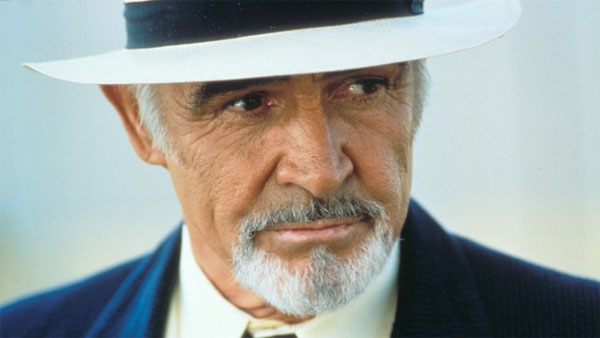
More than anything else, I’d like to be an old man with a good face—like Alfred Hitchcock or Picasso.
Sean Connery
The decline of Connery’s film career was slow but inevitable. With less patience than ever for the big-budget movie process, he gravitated towards easy shoots and less challenging roles: an aged King Arthur in the cheesy First Knight (1995), in which he competed with Richard Gere’s flouncy Lancelot for Julia Ormond’s affections (as if that was a fair fight); a villainous turn in the jumbled The Avengers (1998); and most depressing of all, his last filmed role as big-game hunter Allan Quartermain in the even more incoherent The League of Extraordinary Gentlemen (2003), an experience so disheartening that it finally put him off acting. Along the way he turned down mammoth parts like Gandalf in The Lord of the Rings, opting to finally take it easy in his personal life. Private to the end, he was content to relax in his Bahamas hideaway, play a few rounds of golf, or show up occasionally at Wimbledon to cheer on fellow countryman Andy Murray.
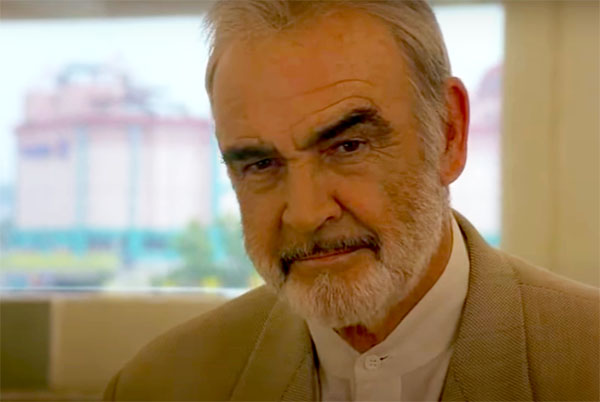
Connery’s mental and physical deterioration in his waning years has already been covered at length by others; cinematically, I look to the caper movie Entrapment (1999) as a fitting epitaph for his career. It isn’t his last picture, and very far from his finest (as a caper film, it lags behind fellow Bond actor Pierce Brosnan’s The Thomas Crown Affair, also released the same year), but it’s the last time his roguish charm is on full display. Paired up with Catherine Zeta-Jones in an improbable May-December romance, Connery is touchingly abashed, as if it’s dawning on him that even as the sexiest 70-year-old alive, it’s probably not appropriate for him to ride off into the sunset with a 30-year-old hottie. Forget the plot’s ludicrous twists and turns; instead, savor a final moment of Connery alone on a train station platform, believing he’s lost out on a woman for once, the camera moving in close as he registers a lifetime’s worth of amusement, wistfulness and regret over a few seconds. It’s a small moment in an inconsequential film, but as with nearly every moment in his career, it’s effortless, the trademark of a man who was made for movies. ■



